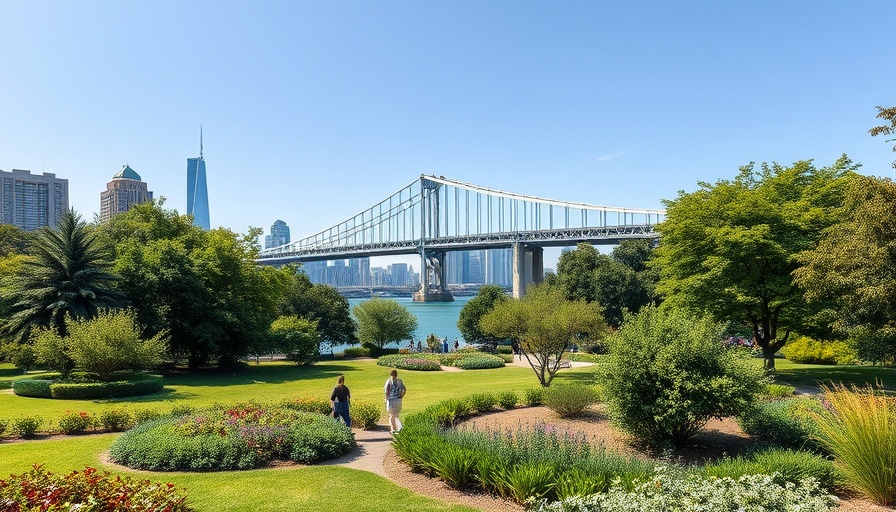
The Lasting Impact of Hurricane Katrina on Urban Resilience
Twenty years ago, Hurricane Katrina devastated the Gulf Coast, serving as a tragic wake-up call for the U.S. regarding our infrastructure and emergency response capabilities. As we reflect on this anniversary, it's essential to consider not just the destruction and loss of life—1,833 souls—and the displacement of over a million residents, but the legacy of knowledge that has emerged from such a catastrophic event.
Learning to Build Back Better
With every storm, we gather experiences and lessons that redefine how we approach urban planning and safety. One of the most significant responses post-Katrina was how cities across America rethought their resilience strategies. The failure highlighted by Katrina wasn't merely about building structures to withstand storms; it was about preparing communities to thrive despite adversity.
Fast forward seven years, Hurricane Sandy struck the East Coast, bringing unparalleled damage. While it was physically more destructive than Katrina, with 650,000 homes impacted, the death toll was only a fraction—further evidence that the lessons learned were guiding responses. President Obama's administration formed the Hurricane Sandy Rebuilding Task Force, a collaborative effort among 23 federal agencies designed to create actionable strategies for better recovery.
Innovative Design Initiatives: A New Approach
Katrina spurred a remarkable change in how disaster recovery funds could be used. The creation of the Rebuild by Design initiative was a landmark move, allowing federal dollars to be spent not just on repairs but on crafting safer, smarter communities for the future. As design teams collaborated with local governments and communities, groundbreaking projects emerged that drew inspiration from lessons gleaned in New Orleans.
This unique approach led to over $930 million invested in seven significant projects across New Jersey and New York, collectively attracting an astonishing $4.5 billion in additional investments.
Understanding Community Needs: A Personalized Approach
In Hurricane Katrina's wake, a new breed of architects and urban planners emerged, focused not just on rebuilding, but on infusing designs with the unique characteristics and needs of local communities. Their commitment ensured that those who lived through the storms could have a say in how recovery should unfold.
Moreover, these developments reflect broader societal values regarding interconnectedness and sustainability. Homeowners looking to create spaces that not only look good but are also resilient to climate change can take inspiration from these initiatives, prioritizing designs that combine aesthetics with functionality.
The Importance of Preparedness: What Homeowners Should Know
Understanding the shifting landscape of urban resilience is crucial for homeowners, especially in coastal regions increasingly affected by climate change. Integrating smart designs that consider environmental risks can save lives and investments, making properties safer and more marketable.
As we navigate a landscape marked by unpredictability, working with experienced designers—like those in Carmel and Monterey—is vital. These professionals can help bridge the gap between innovative design and your personal vision, ensuring that the space you inhabit is not only beautiful but also robust enough to withstand future storms.
Let Us Help You Design Your Future
The lessons from Hurricane Katrina and subsequent storms underline the critical importance of investing in smart, sustainable designs. As we grapple with an uncertain climate, the need for resilient homes and communities no longer seems optional but imperative. Are you ready to make those preparations? Let Us Design, Plan & Build Your Next Home or Remodel. Call 831-521-7729.
 Add Row
Add Row  Add
Add 




Write A Comment